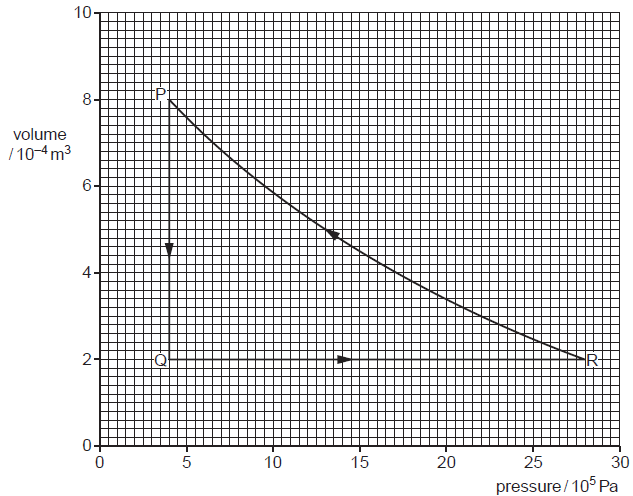- Messages
- 16
- Reaction score
- 7
- Points
- 13
http://papers.xtremepapers.com/CIE/...and AS Level/Physics (9702)/9702_s09_qp_4.pdf
can someone help me out in question 12 part c?? please its urgent!
thanks in advance!
can someone help me out in question 12 part c?? please its urgent!
thanks in advance!





